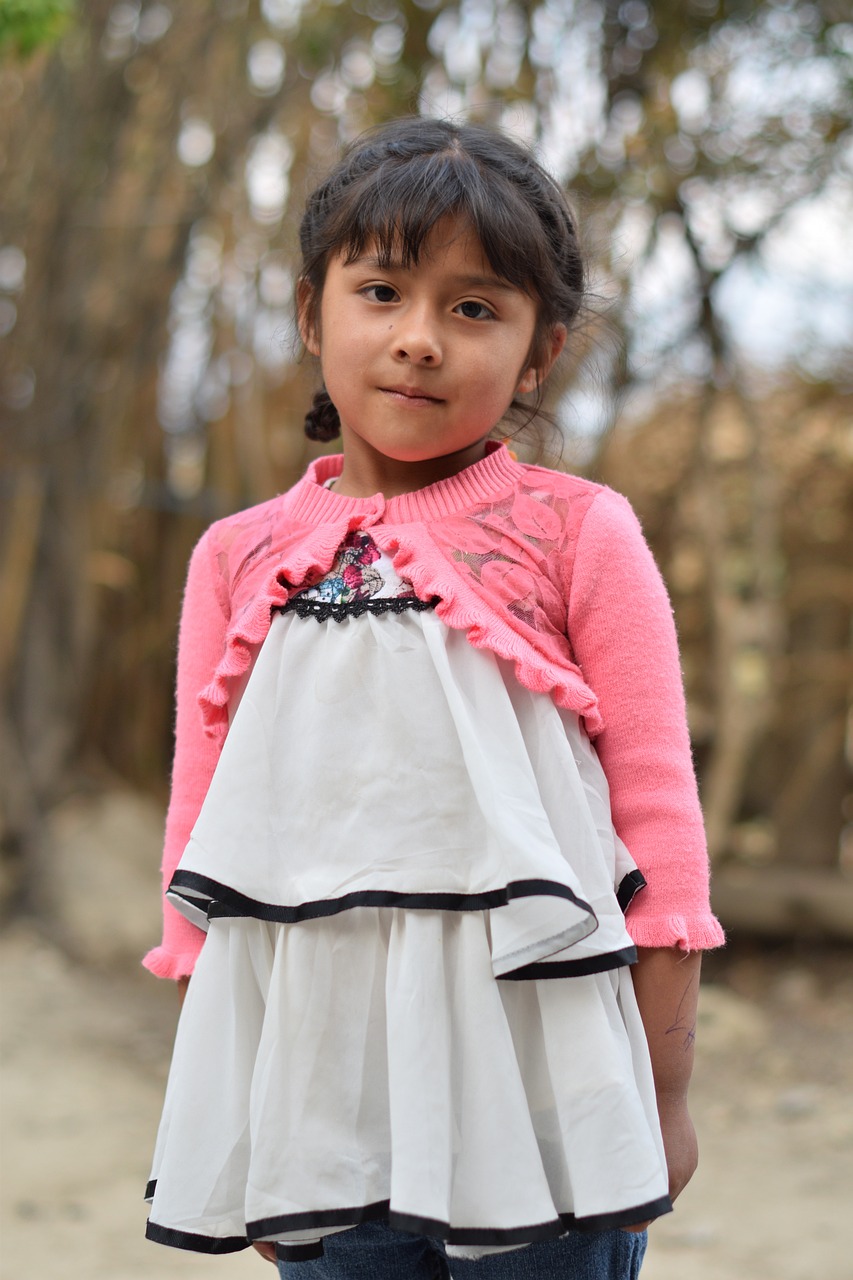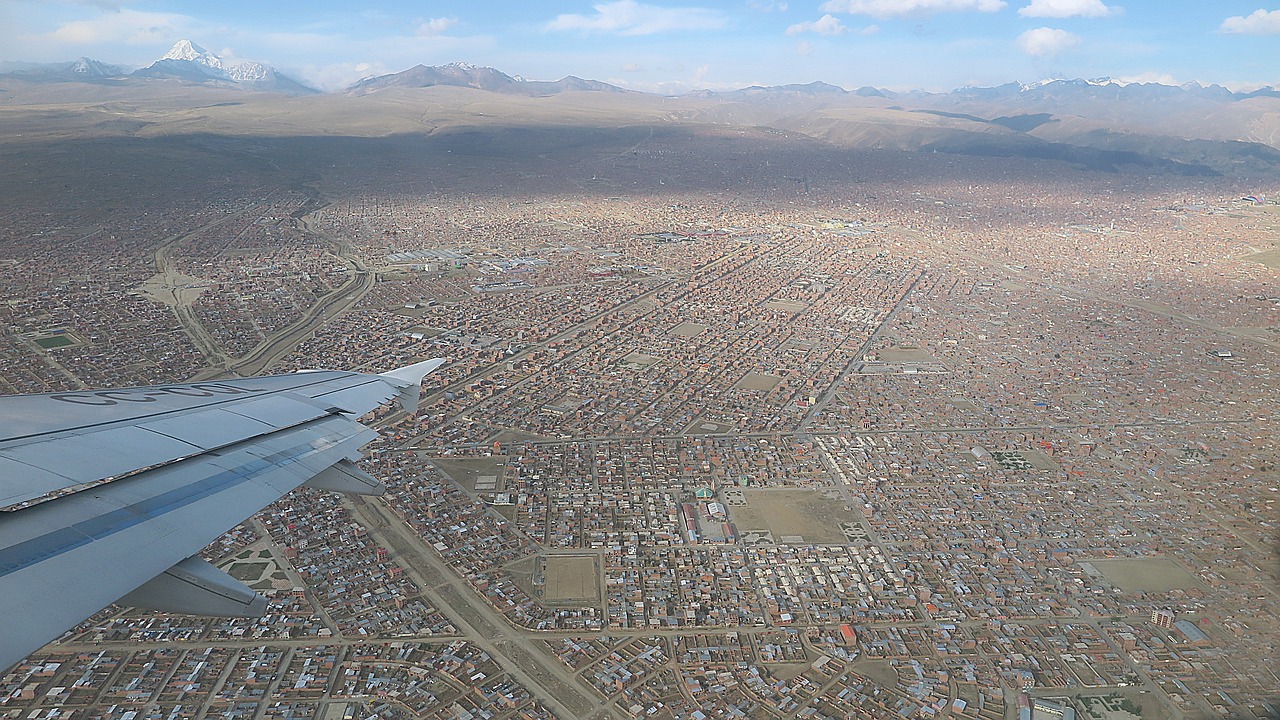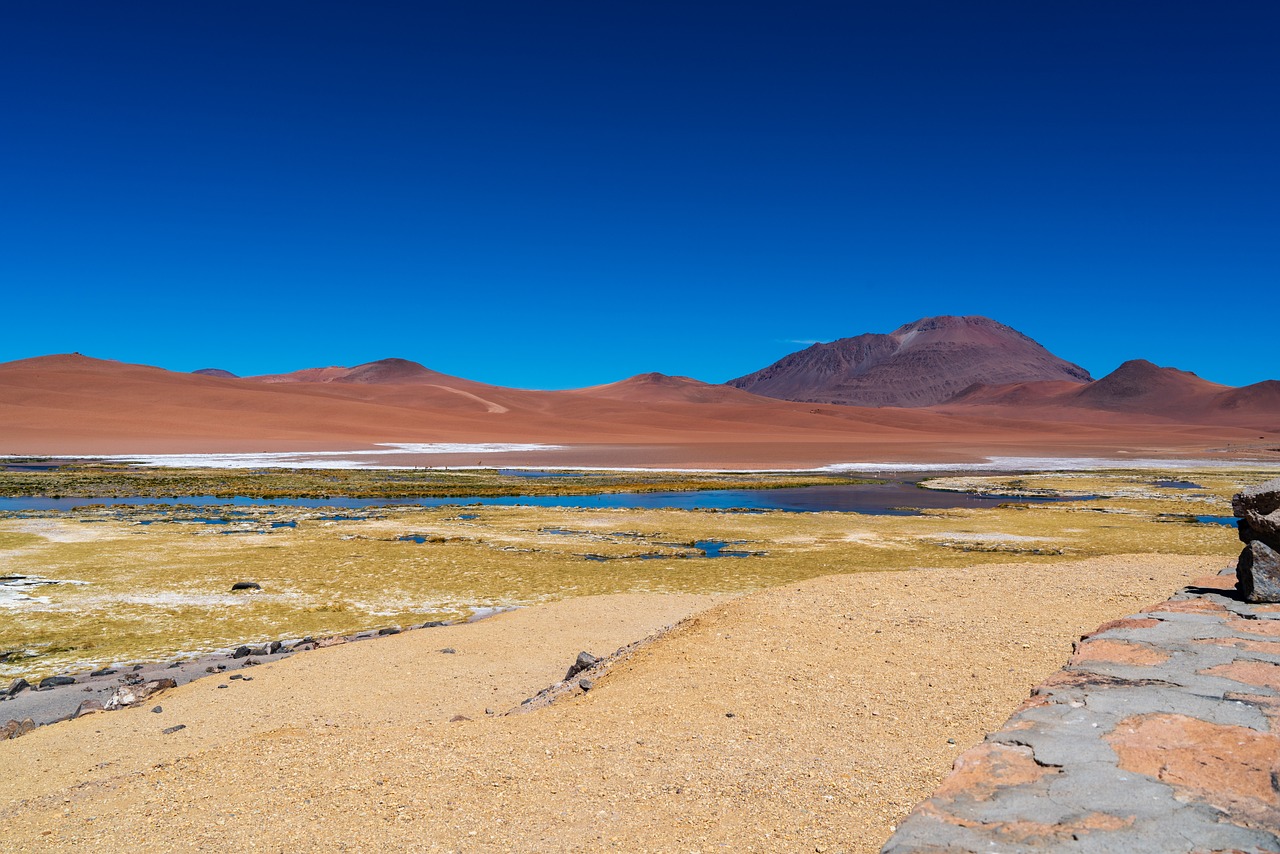Bolivia Video
Cultural Sensitivities: Understanding Local Norms in Bolivia
Bolivia is a country in South America known for its rich cultural heritage and diverse traditions. As a traveler, it is essential to have an understanding of the local norms and customs to ensure a respectful and enjoyable experience. This article will guide you through various aspects of cultural sensitivities in Bolivia, providing insights into the unique customs and practices observed by the Bolivian people.
Geographical and Historical Overview
Bolivia is a landlocked country located in the heart of South America. It shares borders with Brazil, Peru, Chile, Argentina, and Paraguay. The country’s diverse geography ranges from the high peaks of the Andes Mountains to the vast Amazon rainforest. Bolivia has a rich history that dates back to pre-Columbian civilizations, including the Inca Empire and Tiwanaku. Understanding the geographical and historical context of Bolivia is crucial to appreciating its cultural sensitivities.
- Andean Indigenous Communities: The Andean region of Bolivia is home to numerous indigenous communities, including the Aymara and Quechua people. These communities have preserved their ancestral traditions, languages, and customs, which continue to play a significant role in their daily lives.
- Amazonian Indigenous Communities: The Amazon rainforest in Bolivia is inhabited by indigenous communities such as the Guarani, Yuracaré, and Chimane. These communities have unique cultural practices and a deep connection to the natural environment.
- Colonial Influence: Bolivia was colonized by the Spanish in the 16th century, which had a profound impact on its culture. The fusion of indigenous traditions with Spanish colonial influences is evident in art, architecture, religion, and language.
Religion and Spirituality
Religion plays a significant role in the lives of many Bolivians. The predominant religion is Roman Catholicism, brought by the Spanish colonizers. However, indigenous beliefs and rituals also coexist, resulting in a syncretic blend of Catholicism and indigenous spirituality.
- Religious Festivals: Bolivia is renowned for its vibrant religious festivals, where Catholic rituals intertwine with indigenous practices. The most famous festival is the Carnival of Oruro, a UNESCO-recognized event that showcases traditional dances, music, and costumes.
- Worship of Pachamama: Pachamama, meaning “Mother Earth” in Quechua, is a revered deity in Andean indigenous cultures. Offerings and ceremonies dedicated to Pachamama are still practiced in many rural communities.
- Religious Etiquette: When visiting churches or religious sites, it is important to dress modestly and respectfully. Taking photographs may not be allowed in certain areas, so it is advisable to ask for permission beforehand.
Etiquette and Social Customs
Understanding the etiquette and social customs in Bolivia is crucial for building positive relationships and avoiding unintended offense. Bolivians value respect, politeness, and personal connections.
- Greetings and Introductions: Bolivians greet each other with a handshake and maintain eye contact. It is customary to address people using their titles or formal terms such as “Señor” (Mr.) and “Señora” (Mrs.) followed by their last name.
- Personal Space: Bolivians tend to have a closer proximity when engaging in conversations. It is important to respect personal space but also be mindful of cultural differences in physical distance.
- Gift Giving: When invited to someone’s home, bringing a small gift such as flowers or chocolates is appreciated. It is customary to present the gift using both hands as a sign of respect.
Food and Dining Etiquette
Bolivian cuisine reflects the country’s diverse cultural influences, with each region offering unique dishes and flavors. Understanding dining etiquette can enhance your culinary experience in Bolivia.
- Bolivian Staple Foods: Corn, potatoes, quinoa, and beans are staples in Bolivian cuisine. Traditional dishes include salteñas (meat-filled pastries), anticuchos (grilled skewers), and llajwa (spicy salsa).
- Table Manners: When dining in a Bolivian home or restaurant, it is customary to wait for the host to begin eating before you start. It is polite to finish everything on your plate as a sign of appreciation.
- Sharing Food: Bolivians often share food from a communal plate called a “pucara.” It is acceptable to use your hands to eat certain foods, such as tamales or empanadas, but always wash your hands before and after.
Traditional Clothing and Symbols
Bolivia’s traditional clothing and symbols are deeply rooted in indigenous culture and heritage. These visual elements play a crucial role in expressing identity and preserving ancestral traditions.
- Cholita Fashion: The traditional clothing worn by indigenous women, known as “cholitas,” is a symbol of pride and empowerment. Cholitas wear vibrant, multilayered skirts, embroidered blouses, and bowler hats.
- Wiphala Flag: The Wiphala is a square flag composed of colorful interwoven squares, representing the indigenous peoples of Bolivia. It is a symbol of unity and cultural diversity.
- Andean Textiles: Bolivia is renowned for its intricate and beautifully woven textiles. Each region has its distinctive patterns and designs, often reflecting the natural environment and cosmological beliefs.
Environmental Awareness
Bolivia’s natural landscapes, including the Amazon rainforest and the high-altitude Andean region, are fragile ecosystems that require responsible tourism and environmental awareness.
- Responsible Tourism: When visiting natural areas, it is essential to follow designated trails, avoid littering, and respect wildlife habitats. Participating in community-based tourism initiatives can support local conservation efforts.
- Coca Leaf: Coca leaf chewing is a cultural practice in Bolivia, especially among indigenous communities. However, it is important to note that the traditional use of coca leaf is distinct from the illegal production of cocaine.
- Sustainable Practices: Supporting eco-friendly accommodations, using reusable water bottles, and opting for public transportation or shared taxis contribute to sustainable travel practices in Bolivia.
Image 1: Bolivia

Music and Dance
Music and dance are integral parts of Bolivian culture, representing the diverse cultural heritage of the country. Various traditional dances and musical styles are performed during festivals and celebrations.
- Diablada: The Diablada is a traditional dance that originated in the Oruro region. It combines indigenous and Spanish elements, depicting a battle between good and evil spirits.
- Saya: The Saya is a high-energy Afro-Bolivian dance performed with traditional instruments like drums and maracas. It is a celebration of Afro-Bolivian heritage and identity.
- Cueca: The Cueca is a couple’s dance that originated in colonial times. It involves flirtatious movements and handkerchief waving, symbolizing courtship and love.
Image 2: Bolivia

Language and Communication
Bolivia is a multilingual country, with Spanish being the official language. However, indigenous languages such as Quechua, Aymara, and Guarani are also widely spoken.
- Spanish Phrases: Learning a few basic Spanish phrases can greatly enhance your communication with locals. Simple greetings, expressions of gratitude, and asking for directions are always appreciated.
- Indigenous Languages: In certain regions, particularly in rural areas, knowledge of indigenous languages can be beneficial. It shows respect for local customs and may help in building meaningful connections.
- Non-Verbal Communication: Bolivians often use non-verbal cues such as hand gestures and facial expressions to convey meaning. Paying attention to these cues can aid in understanding and effective communication.
Art and Handicrafts
Bolivia’s rich artistic traditions are evident in its vibrant handicrafts, textiles, and folk art. Supporting local artisans and appreciating their craftsmanship is a way to contribute to the preservation of cultural heritage.
- Textile Weaving: Bolivian textiles are renowned for their intricate designs and vibrant colors. Each region has its unique weaving techniques, patterns, and symbolism.
- Pottery and Ceramics: Pottery has a long history in Bolivia, with each region having distinct styles. Pottery pieces often depict traditional motifs, animals, and scenes from daily life.
- Woodcarving and Metalwork: Woodcarving and metalwork are traditional crafts practiced by skilled artisans. Intricately carved wooden masks, silver jewelry, and hammered metal sculptures are popular examples of Bolivian craftsmanship.
Image 3: Bolivia

Conclusion
Understanding and respecting the cultural sensitivities of Bolivia is essential for any traveler wishing to engage with the local community and appreciate the country’s rich heritage. By embracing the customs, traditions, and norms, you can have a more immersive and meaningful experience in this diverse and fascinating country.
References
– Lonely Planet: Bolivia (www.lonelyplanet.com/bolivia)
– UNESCO: Carnival of Oruro (whc.unesco.org/en/list/659)
– Bolivian Thoughts (bolivianthoughts.com)
– Bolivian Express (bolivianexpress.org)
– Andean Information Network (ain-bolivia.org)
– Bolivian Gastronomy (www.bolivian-gastronomy.com)


